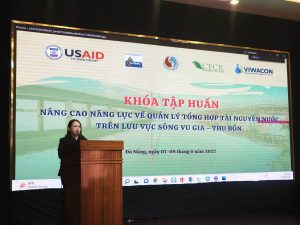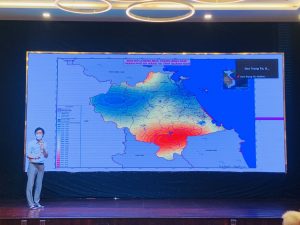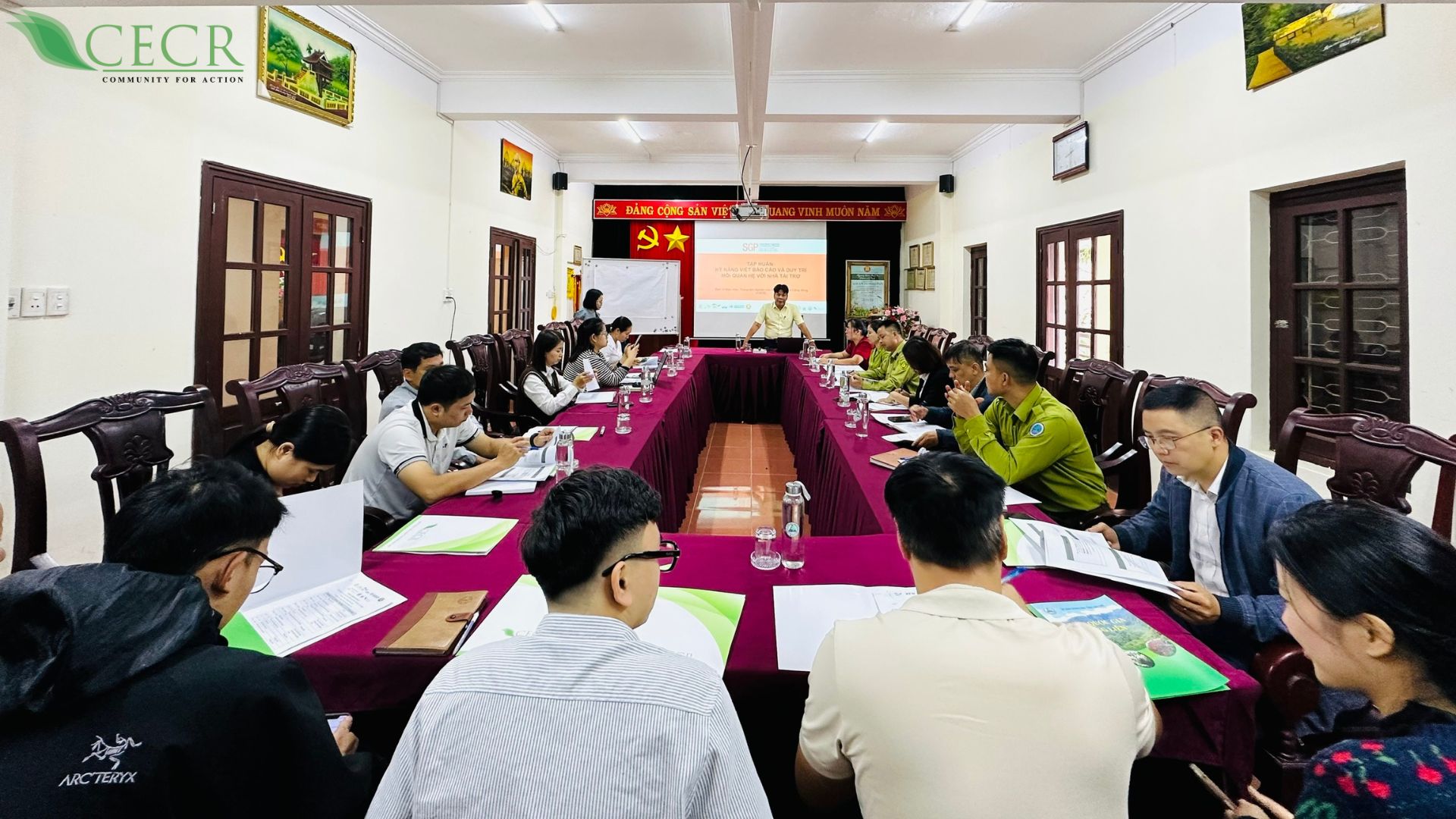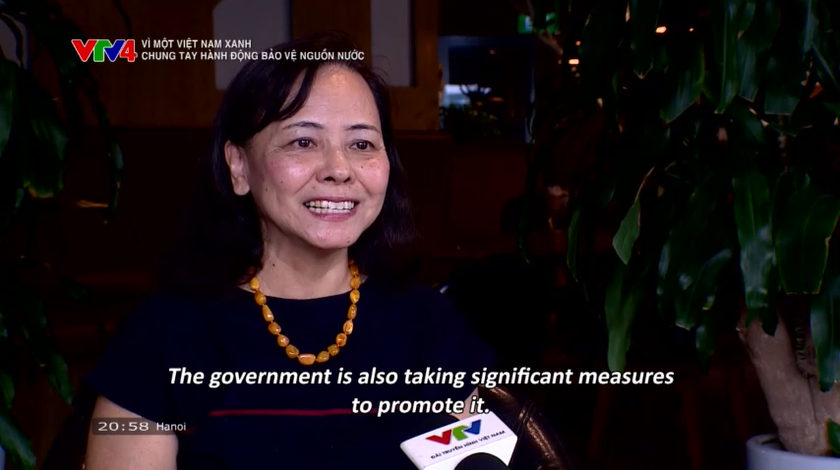
Vu Gia – Thu Bon river basin is known as one of the major river basins in Vietnam, with a total basin area of 10,035 km2. In recent years, the demand for water in the Vu Gia – Thu Bon river basin is increasing constantly, leading to the exploitation of surface and underground water. However, the downstream area of Vu Gia – Thu Bon river is facing many great challenges, one of which is the cyclical and regular water shortage during the dry season, which has been bringing certain impacts on people’s daily life and production activities using water resources in the basin. There are several reasons, objective and subjective, leading to said situation, however, these are some of the main reasons explaining the water shortage:
1. Although the process of inter-reservoir operation on the Vu Gia – Thu Bon river basin has been supplemented and completed in 2019, some provisions for the operation and discharge of water to the downstream of hydropower reservoirs in the basin are not suitable, due to new problems in practice that have not been identified and calculated, specifically:
- When renewable energy sources (solar power) mobilize high power generation (9 am to 2 pm, when the solar heat radiation is the highest), hydroelectricity is limited or cannot be mobilized. Therefore, during the period mentioned above, water from hydropower reservoirs discharged downstream becomes limited, which leads to low water levels in rivers and difficulties in water development in downstream areas (deep salinization, pumping stations stop or limit operation due to low water level in the river)
- On public holidays and weekends, power generation from hydroelectric power plants is reduced according to the electricity mobilization of the National Load Dispatch Center, due to the decrease in demand for electricity. Therefore, water discharged downstream of the reservoirs is also limited.
- Hydro-meteorological data and the operation of reservoirs in river basins have not been fully publicized for communities, people and related organizations and individuals to supervise the compliance in the process of developing and using water resources by stakeholders in the basin.

- The outdated operating procedure of An Trach Saltwater Prevention Pumping Station issued by the Ministry of Agriculture and Rural Development. Completely closing the valve gates of An Trach dam during periods of increased water use in the dry season makes it use wasteful and inefficient. Meanwhile, it is possible to flexibly operate the valve gates in times of reduced irrigation demand (i.e. at night) to manage salinity on the Cau Do River.
- The ineffective coordination in developing and using water resources among stakeholders; the lack of a legitimate river basin coordinating organization to suggest and execute operating decisions on developing and using water resources in the basin. Reality showed that there was a shortage of drinking water during times of saltwater intrusion in the downstream area. Yet the heavy dependence of advisory staff on administrative regulations and procedures has led to untimely decisions on water discharged downstream, causing water shortage for daily life, at times even anger among the people.
- The limited professional capacity of the advisory staff; the lack of information on operating hydropower reservoirs and hydrometeorology in the basin for advice on water use plans as well as timely decisions on operation and discharge of water downstream.
Facing the reality requires the need to strengthen the capacity of water resource management for staff in charge, especially in monitoring the operation of hydropower plants in river basins as well as developing water use plans for different regions. At the same time, it is also important to strengthen coordination and information sharing among stakeholders involved in developing and using water resources in the basin to overcome these inadequacies and shortcomings, meeting new requirements and tasks in this situation.


 Tiếng Việt
Tiếng Việt
